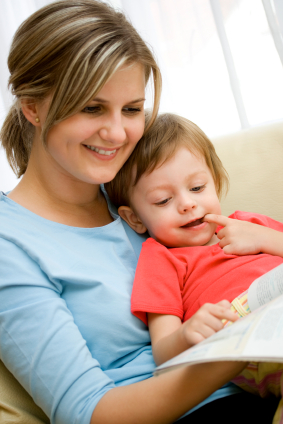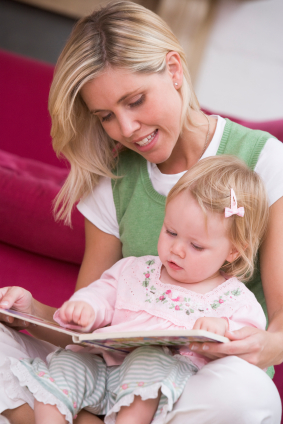 Mary Kay Ash, the founder of Mary Kay, wrote: “If you think you can, you can. And if you think you can’t, you’re right.” Undoubtedly, she knew more about building a cosmetics business than early childhood education, but she understood the power of believing in your abilities. Now, early childhood research shows that when teachers believe in their abilities it impacts more than just them. Teachers who believe in their abilities also help preschoolers more with language and literacy skills than those who are less confident.
Mary Kay Ash, the founder of Mary Kay, wrote: “If you think you can, you can. And if you think you can’t, you’re right.” Undoubtedly, she knew more about building a cosmetics business than early childhood education, but she understood the power of believing in your abilities. Now, early childhood research shows that when teachers believe in their abilities it impacts more than just them. Teachers who believe in their abilities also help preschoolers more with language and literacy skills than those who are less confident.
Confident preschool teachers boost preschoolers’ early literacy skills
As published in the journal of Teaching and Teacher Education, a research study followed 67 teachers and 328 of their students for 30 weeks. During the study, preschool teachers rated their own self-efficacy or belief in their ability to succeed in certain situations, such as keeping students on task for difficult assignments. Teachers and students were also observed interacting together in the classroom. Researchers rated the quality of emotional support as low, mid, or high. The team also evaluated the language and literacy abilities of children at the beginning and end of the 30 weeks. The researchers found that teachers who believed in their abilities as an educator positively impacted their students’ early literacy and language abilities.
2 ways teacher confidence impacts students’ abilities
1. Children whose teachers had high self-efficacy showed greater gains in print awareness
2. Children increased vocabulary knowledge skills when they had a classroom that offered emotional support in addition to having a teacher with high self-efficacy
One surprising finding indicated that preschool teachers with more experience had less confidence in their own abilities. “Fresh teachers who are straight out of training think that they can change the world. Then, when they get into the work place they realize how serious and difficult their jobs really are. This is why we think self-efficacy may decline among some preschool teachers through the years,” explained Laura Justice, co-author of the study, in a press release.
Professional development for teachers increases job satisfaction and abilities
One key way to both increase self-efficacy and job satisfaction is professional development for teachers. According to the most recent MetLife Survey of the American Teacher, only 39 percent of teachers say they are very satisfied with their jobs. Budget cuts, teacher and school support staff layoffs, job insecurity, and increased class sizes, probably contribute to the drop in teacher satisfaction rates. The survey did identify, however, three areas that significantly increase teachers’ job satisfaction.
3 ways to increase job satisfaction among teachers
- Adequate opportunities for professional development
- Time to collaborate with other teachers
- Support from principal, other teachers, and parents to help engage and communicate with students’ parents effectively
Increase self-efficacy and job satisfaction of teachers AND literacy and language abilities of preschoolers 
Training, collaboration, and connecting with parents are key components of Kindermusik. Our half-day trainings include a hands-on demonstration and provide early childhood educators with a clear understanding of the research behind the method and how it works on different skills and within different learning domains. However, we know the learning doesn’t stop after the training ends. Each unit includes an Activity Demonstration DVD that shows every activity being modeled in a real classroom setting.
Kindermusik even makes connecting with parents easier. Forget about creating and photocopying take-home sheets week after week. Each month every child receives take-home materials, including a Family Activity Guide and CD, which reinforce the classroom learning with reading, writing, and listening activities.
Learn more about bringing Kindermusik to your childcare center, preschool, or school! Email us at info@abcmusicandme.com.



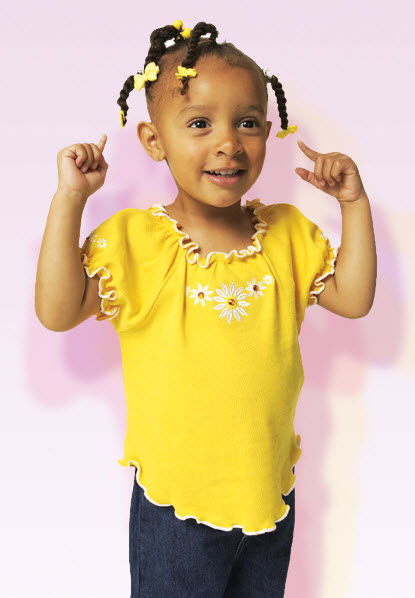
 Listening to and identifying sounds is the earliest phonological awareness skill and one of the most important pre-literacy competencies. Without this skill, there will be no progress toward phonics, spelling, or text comprehension.
Listening to and identifying sounds is the earliest phonological awareness skill and one of the most important pre-literacy competencies. Without this skill, there will be no progress toward phonics, spelling, or text comprehension.
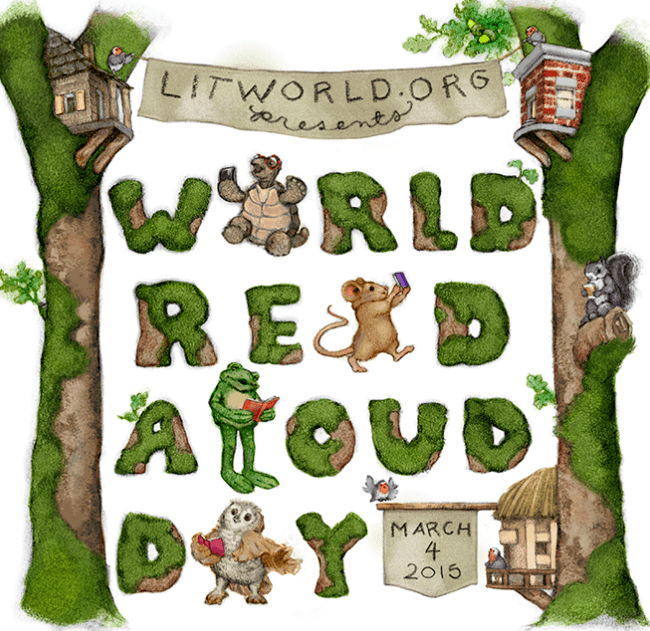
 It’s World Read Aloud Day.
It’s World Read Aloud Day. 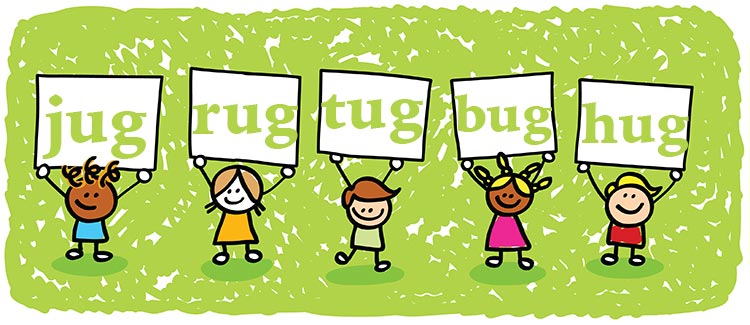
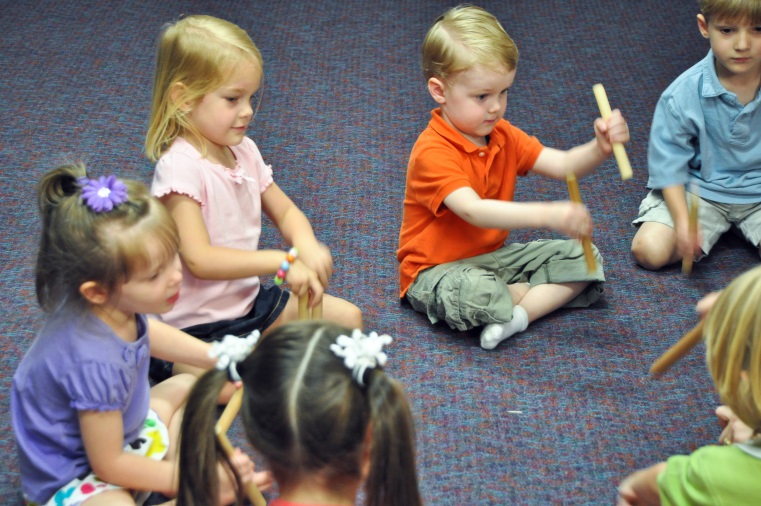
 An
An 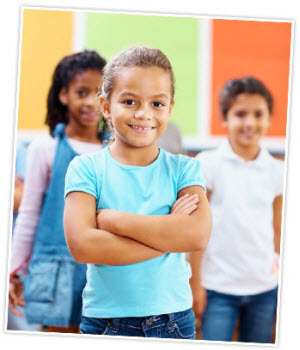

![KindermusikPresents_ABCMusicAndMe_AGlobalEarlyChildhoodCurriculum[1]](https://media2.kindermusik.com/website/sites/2/2014/05/KindermusikPresents_ABCMusicAndMe_AGlobalEarlyChildhoodCurriculum1-300x167.png)
